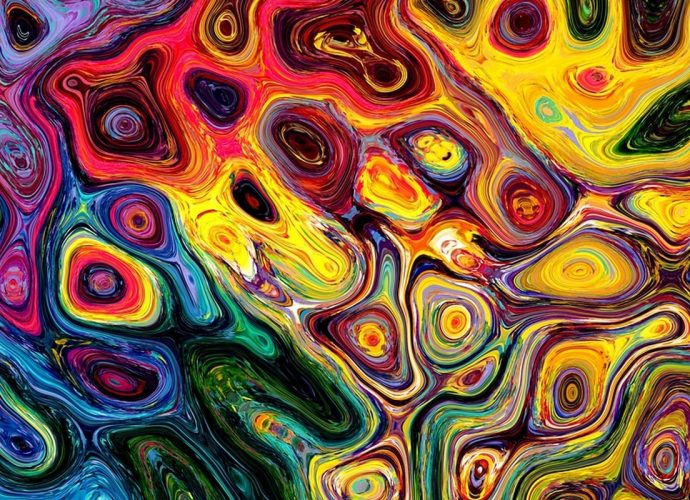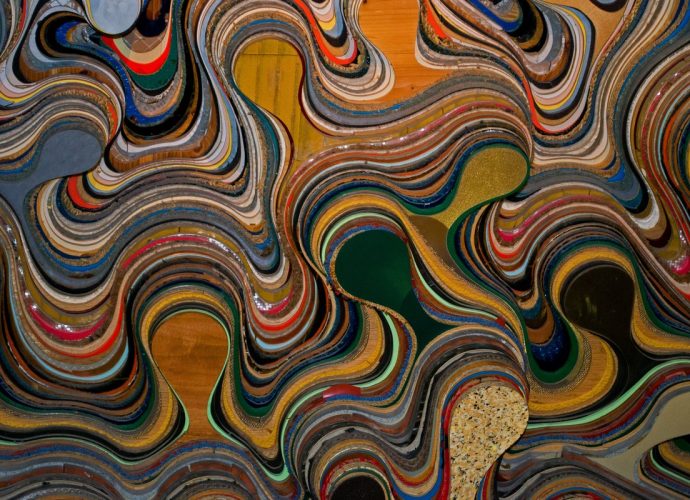How Do You Keep Galvanized Metal From Rusting?
Factors that rust and corrode galvanized steel: Sodium chloride (salt) in water or air. Wet or soaked environments. Increase in temperature when combined with corrosive factors like humidity and industrial pollution. … Contact between galvanized items and copper, pure iron, or steel causes galvanic corrosion. How long will galvanized steelRead More →









